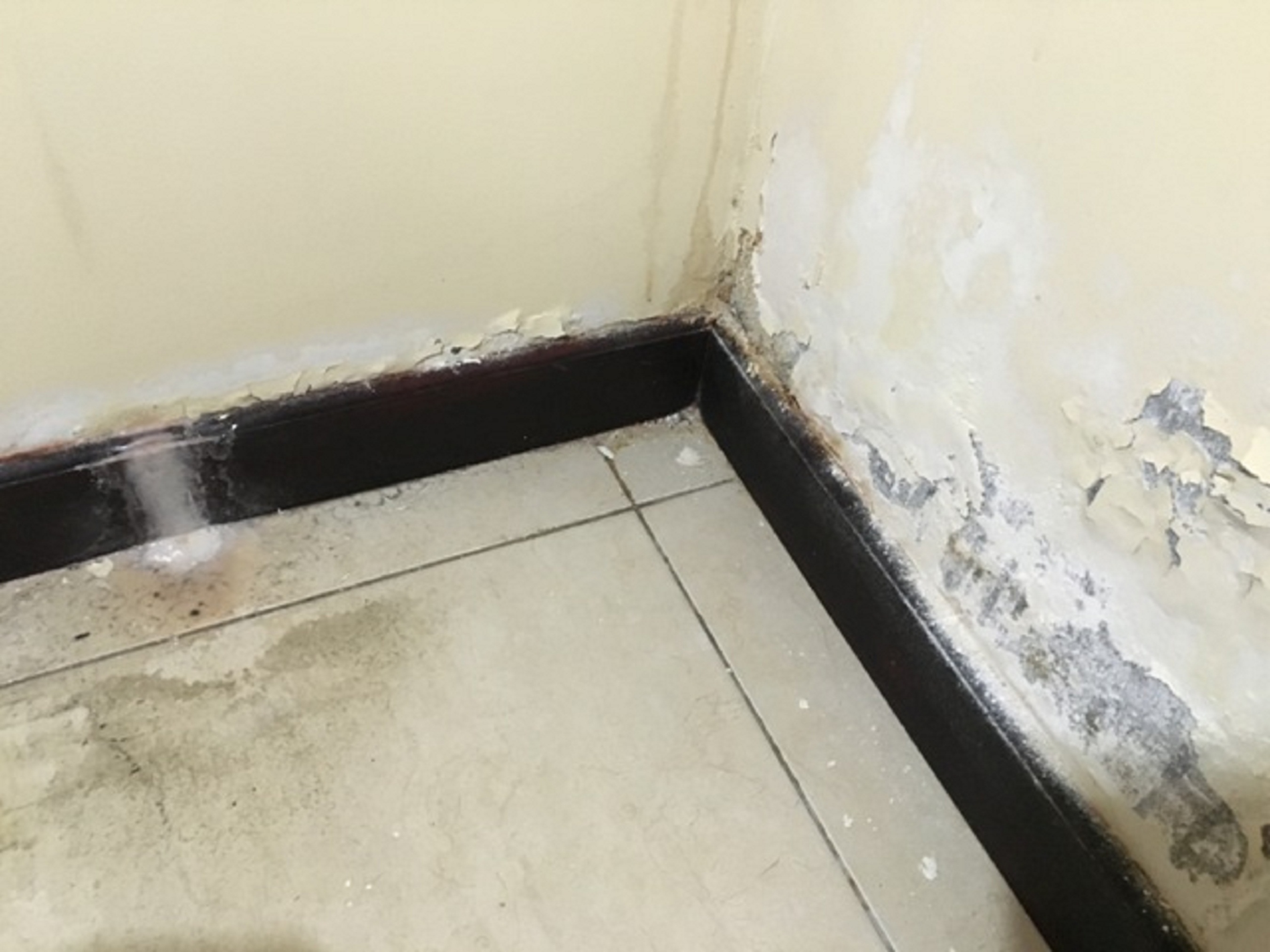Do's & Don'ts of Water Damages.
Do's & Don'ts of Water Damages.
Blog Article
The article listed below pertaining to Reducing Your Risk Of Water And Fire Damage At Home is amazingly remarkable. You should look it over.

Water provides life, yet water invasion on some components where it's not expected to be can lead to damage and aggravation. It can peel away the surface area as well as erode the product's foundation if the water permeates into your framework. Mold and mildew as well as mold likewise prosper in a damp setting, which can be unsafe for your and your family's health. Additionally, homes with water damages smell old and also musty.
Water can originate from many sources like tropical cyclones, floods, ruptured pipelines, leakages, and drain concerns. If you have water damage, it's better to have a functioning knowledge of security precautions. Right here are a couple of standards on how to take care of water damages.
Do Prioritize Home Insurance Policy Protection
Seasonal water damages can originate from floodings, seasonal rainfalls, and also wind. There is also an event of a sudden flood, whether it originated from a damaged pipe that suddenly breaks into your house. To protect your residence, obtain home insurance policy that covers both disasters such as natural disasters, and also emergency situations like damaged plumbing.
Do Not Fail To Remember to Switch Off Energies
When disaster strikes as well as you remain in a flood-prone location, turn off the primary electric circuit. Shutting off the power prevents
When water comes in as water offers as a conductor, electric shocks. Do not neglect to shut off the main water line shutoff as a way to prevent even more damage.
If the floodwaters are getting high, maintain your furnishings stable as they can move around and also create extra damages.
Do Keep Proactive and Heed Weather Informs
If you live in an area afflicted by floods, stay positive as well as prepared at all times. Pay attention to the news as well as discharge cautions if you live near a body of water like a lake, river, or creek .
Don't Ignore the Roof
Your roofing professional needs to take treatment of the defective gutters or any kind of other signs of damage or weakening. An inspection will certainly prevent water from moving down your walls as well as soaking your ceiling.
Do Take Notice Of Small Leakages
A burst pipeline doesn't take place in a vacuum or over night. There are red flags that can attract your attention and show to you some weakened pipes in your house. Signs of red flags in your pipes include bubbling paint, peeling off wallpaper, water touches, water discolorations, or trickling sounds behind the walls. There are indications that the pipeline will rupture. If you see these indications, don't wait for a rise. Fixing and examine your plumbing repaired before it leads to huge damages to your home, finances, and a personal problem.
Do Not Panic in Case of a Burst Pipeline
Timing is key when it comes to water damage. If a pipeline bursts in your home, quickly shut off your major water valve to cut off the resource and protect against more damages. Call a reliable water damages restoration expert for help.
Water provides life, however water intrusion on some components where it's not expected to be can result in damages as well as inconvenience. In addition, houses with water damages smell moldy and old.
Seasonal water damages can come from floods, seasonal rains, and also wind. Indications of red flags in your pipelines include gurgling paint, peeling off wallpaper, water streaks, water spots, or trickling sounds behind the wall surfaces. If a pipeline bursts in your residence, instantly closed off your major water shutoff to cut off the source as well as stop even more damages.
Some Do's & Don't When Dealing with a Water Damage
DO:
Make sure the water source has been eliminated. Contact a plumber if needed. Turn off circuit breakers supplying electricity to wet areas and unplug any electronics that are on wet carpet or surfaces Remove small furniture items Remove as much excess water as possible by mopping or blotting; Use WHITE towels to blot wet carpeting Wipe water from wooden furniture after removing anything on it Remove and prop up wet upholstery cushions for even drying (check for any bleeding) Pin up curtains or furniture skirts if needed Place aluminum foil, saucers or wood blocks between furniture legs and wet carpet Turn on air conditioning for maximum drying in winter and open windows in the summer Open any drawers and cabinets affected for complete drying but do not force them open Remove any valuable art objects or paintings to a safe, dry place Open any suitcases or luggage that may have been affected to dry, preferably in sunlight Hang any fur or leather goods to dry at room temperature Punch small holes in sagging ceilings to relieve trapped water (don't forget to place pans beneath!); however, if the ceiling is sagging extremely low, stay out of the room and we'll take care of it DO NOT:
Leave wet fabrics in place; dry them as soon as possible Leave books, magazines or any other colored items on wet carpets or floor Use your household vacuum to remove water Use TV's or other electronics/appliances while standing on wet carpets or floors; especially not on wet concrete floors Turn on ceiling fixtures if the ceiling is wet Turn your heat up, unless instructed otherwise

Hopefully you liked our article about Reducing Your Risk Of Water And Fire Damage At Home. Thanks for spending some time to browse our piece. Be sure to take the time to promote this blog post if you liked it. Thank you for going through it.
Report this page